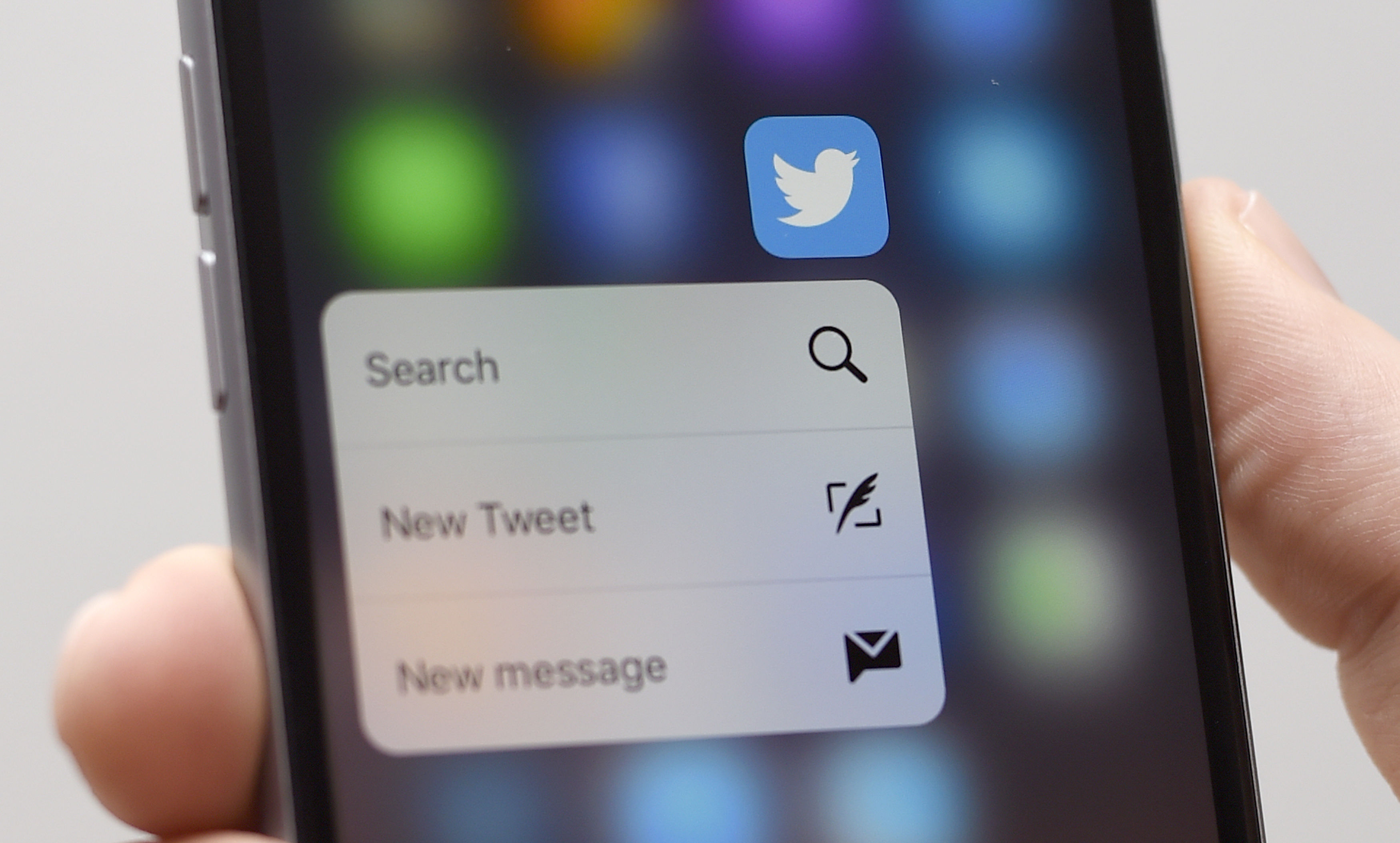Twitter fact-checks a misleading Trump tweet for the first time

The news: Twitter added a fact-checking label to two tweets from US President Donald Trump’s Twitter account on Tuesday. The tweets from @realDonaldTrump (the president’s popular personal account that also serves as his main social -media presence) claimed that mail-in voting would be “substantially fraudulent” and lead to a “Rigged Election.” It is the first time that Twitter has labeled tweets from his account in this way.
What Twitter did: Twitter introduced new warning labels and fact-checking messages earlier this month for tweets containing false or misleading information, including tweets from world leaders. The labels on Trump's tweets encourage users to “get the facts about mail-in ballots” and link to a Twitter-curated summary of the false claims and what third-party fact-checkers have to say about it. Since announcing the policy, Twitter has mainly applied these labels to tweets containing potentially harmful misinformation about covid-19.
Why it took so long: Twitter has been reluctant to enforce its own rules against Trump’s tweets in the past. Although Trump has tweeted and retweeted many seemingly rule-breaking posts, a few loopholes protected him, including exceptions for tweets from government entities and considerations for the “newsworthiness” of an otherwise rule-breaking tweet. Last year, Twitter announced that in rare cases it would limit the reach of tweets from large accounts held by government officials that were in violation of its rules. The covid-19 “infodemic” has forced most social-media platforms to change how they enforce their rules as potentially dangerous misinformation about the pandemic spreads.
What about Trump’s other misleading tweets? Over the past several days, the president has tweeted several other things that appeared to violate Twitter’s policies. Last Wednesday, Trump falsely tweeted that Nevada was sending out “illegal” vote-by-mail ballots, and promised to “hold up” funding to Nevada and Michigan if they pursued mail ballots for the presidential elections. Those tweets, according to Twitter at the time, did not violate their policies against election misinformation because they didn’t directly try to dissuade people from voting. The platform’s election integrity policies prohibit using Twitter for “the purpose of manipulating or interfering in elections or other civic processes.”
Twitter also declined to take action against some of Trump’s tweets promoting a false conspiracy theory suggesting that MSNBC host Joe Scarborough was, while serving in Congress in 2001, responsible for the death of an intern. In fact, investigators found no evidence of foul play, and there is no mystery surrounding the cause of death. The widower of the staffer wrote a letter to Twitter CEO Jack Dorsey last week asking him to remove the tweets. After the letter was published in the New York Times on Tuesday, Twitter released a statement saying that it was “deeply sorry about the pain” the statements caused and was “working to expand existing product features and policies so we can more effectively address things like this going forward, and ... hope to have those changes in place shortly.”
Deep Dive
Policy
Is there anything more fascinating than a hidden world?
Some hidden worlds--whether in space, deep in the ocean, or in the form of waves or microbes--remain stubbornly unseen. Here's how technology is being used to reveal them.
A brief, weird history of brainwashing
L. Ron Hubbard, Operation Midnight Climax, and stochastic terrorism—the race for mind control changed America forever.
What Luddites can teach us about resisting an automated future
Opposing technology isn’t antithetical to progress.
Africa’s push to regulate AI starts now
AI is expanding across the continent and new policies are taking shape. But poor digital infrastructure and regulatory bottlenecks could slow adoption.
Stay connected
Get the latest updates from
MIT Technology Review
Discover special offers, top stories, upcoming events, and more.